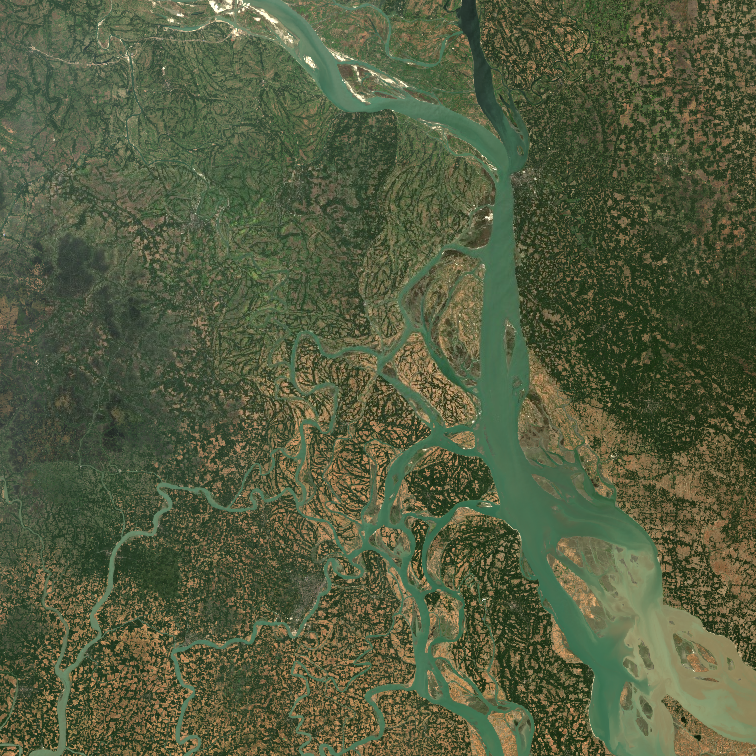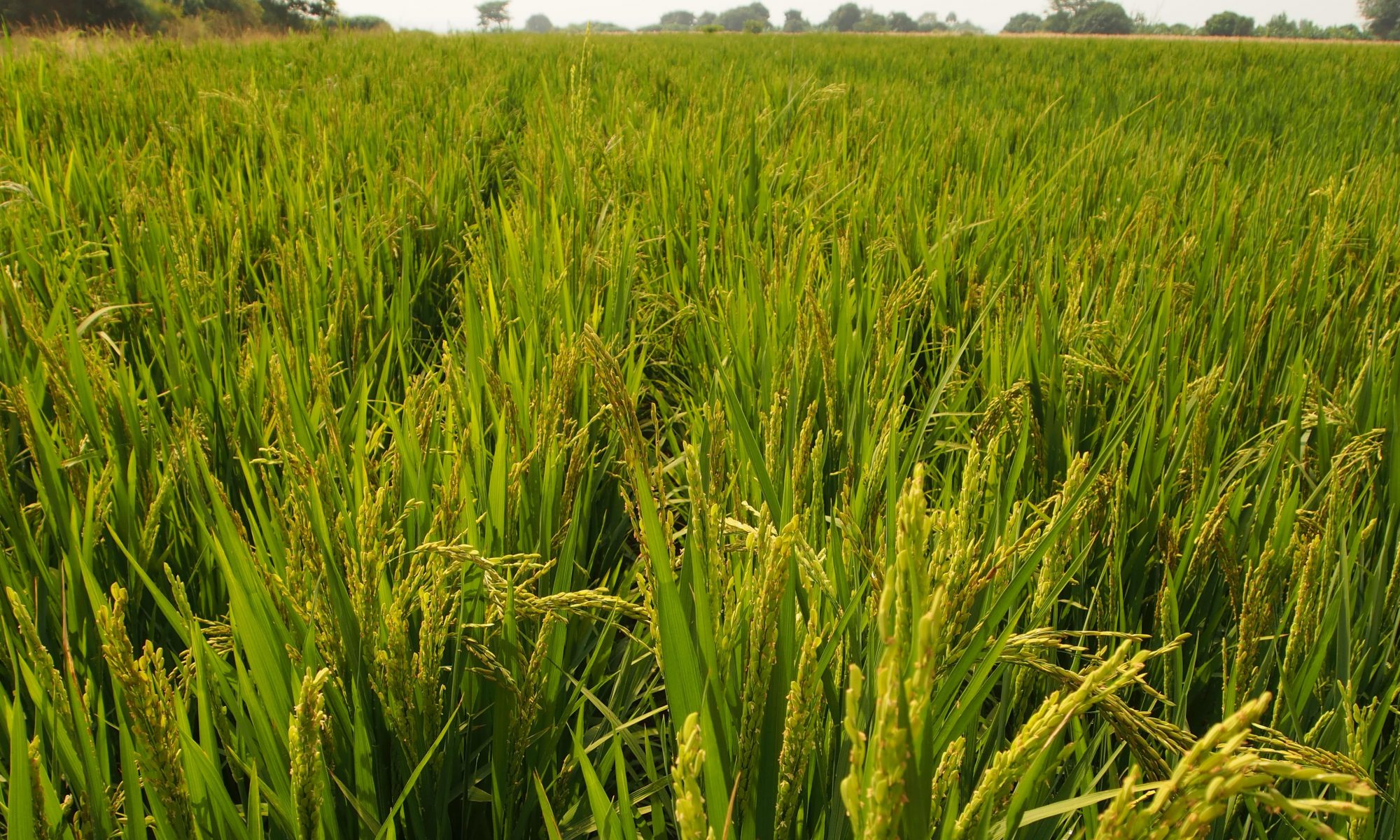
DHI GRAS to lead efforts to develop global level EO tools and data to strengthen water resource management
29 APRIL 2020
We are delighted to announce that DHI GRAS has been contracted by the European Space Agency (ESA), to lead a consortium consisting of GeoVille GmbH (Austria), GISAT (Czech Republic), GRID-Arendal (Norway) and the technical university of Denmark (DTU), in a large new application project: “WorldWater - Surface Water Dynamics”.
Water is essential for life on Earth and a critical natural resource that underpins all social and economic activity. During the last century, water consumption has increased twice as fast as the world’s population, and today water scarcity affects more than 40 percent of people globally – a disturbing figure which is expected to rise if we do not change our habits and respond to climate change and future global warming.
The dedicated goal on water in the 2030 agenda for sustainable development has brought a spotlight on water policy at global level, and in national planning, to avoid an accelerating ‘water crisis’ towards 2030. However, a ‘water crisis’ is ultimately a management crisis, that can be solved through the application of sound water management policies and initiatives. The need for proper and timely information on water (non-) availability is a critical requirement for water management activities. In large, remote and inaccessible regions, in-situ monitoring of inland waters is sparse, and hydrologic monitoring can significantly benefit from information extracted from satellite earth observation (EO).
Through the lens of Sustainable Development Goal (SDG) 6 and specific use case studies, the WorldWater project will demonstrate how global coverage EO data, can be used to systematically and accurately measure inland surface water resources. WorldWater will complement existing EO initiatives and projects (e.g. Global Surface Water Explore and the Copernicus global land services) by further developing EO tools and products to effectively use the most up to date, open and free satellite data, primarily from the Sentinel missions, for improved monitoring of the world’s inland water resources in both extent and volume.
WorldWater is, therefore, a crucial project aiming to address the critical needs of authorities, at all levels, to adapt and formulate water policies, and report on water resources, in a timely manner and based on valid scientific information. More specifically, WorldWater will provide essential tools and information to strengthen evidence-based planning and management to support authorities in addressing the global ‘water crisis’.





